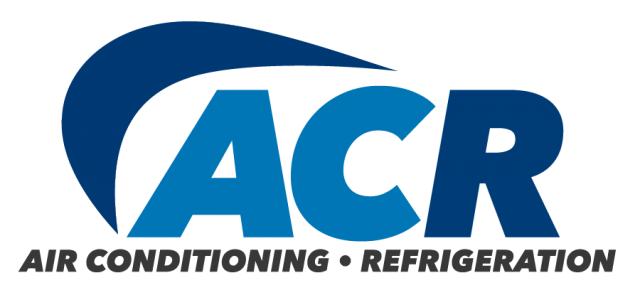Older homes in Orlando, FL, have unique character and are often priced better than new homes. However, they also have their own challenges that come with age, especially if there’s been neglect from previous owners. Here are six common HVAC problems you may experience if you purchase or own an older home.
1. Aging HVAC System
The average HVAC system should last between 15 and 20 years with regular HVAC maintenance and average air quality. If you’ve just purchased an older home, you may find the system will soon need to be replaced.
Aged HVAC systems tend to have more breakdowns and run less efficiently. This drives up your annual operating costs to the point where replacement may be the most cost-effective choice.
2. Ancient Thermostats
Along with old heating systems, many older homes have ancient thermostats. Signs that you have an outmoded model include a non-digital interface and mercury control switch inside. The average thermostat should remain useful for between 10 and 15 years.
When thermostats exceed this age, they inaccurately register the temperature. This inaccuracy translates into longer run cycles or your home never being quite comfortable because the thermostat reads high or low.
Consider upgrading to a digital, programmable thermostat to help your system run at peak efficiency. If programming a thermostat seems like more than you want to tackle, consider a smart learning model.
3. Single Zone Setup
Many older homes have the entire HVAC system set up to regulate the temperature from a single thermostat. Unless you live in a small, single-story home, this likely means you have inconsistent temperatures throughout your home.
Multiple zones allow you to control where the air flows through your system. This allows you to direct heated and conditioned air more effectively, making your system more efficient. This control uses a series of dampeners in your ductwork to limit which registers have air flowing through them during any single cycle.
4. Inadequate Airflow
Another common issue with HVAC systems in older homes is inadequate airflow through both your home and its system. In your home, an insufficient number of vents or ineffective placement may cause this lack of air movement.
In your system, inadequate airflow may come from an improperly sized system, an airflow obstruction or a mechanical issue. Improper sizing typically occurs when you add serviceable space, either by finishing an attic or putting on an addition.
If your system has received regular maintenance, the most likely airflow obstructions are in your ducts or at the filter. Various contaminants collect over time in your ducts and will eventually reduce the air coming through. Mechanical problems like a failing circulating fan may also cause inadequate airflow.
5. Ineffectively Sealed Ducts
Like the rest of your HVAC system, ducts have a finite service life, usually 15 to 20 years. Improperly sealed ducts will draw in unconditioned air. They also allow the conditioned air to leak out, reducing what’s delivered to the target area.
For older homes, it may be more effective to replace the entire ductwork system than to try to seal what’s there. This allows you to both make your ducts more effective and install additional zones if you don’t have them already.
6. Poor Indoor Air Quality
Indoor air quality can be exceptionally poor in older homes. The materials around the home are typically old and dried out, so they tend to have more dust. Adding to that, older homes tend to have more air leaks, so more contaminants float in from outside.
These additional contaminants have a negative effect on your health, commonly causing respiratory irritation. They also cause your HVAC system to strain more, with more contaminants collecting throughout the system.
Living in an older home doesn’t mean you have to sacrifice good HVAC performance. Call today to schedule an indoor air quality consultation with one of our expert technicians at ACR Air Conditioning & Refrigeration.
Image provided by iStock


